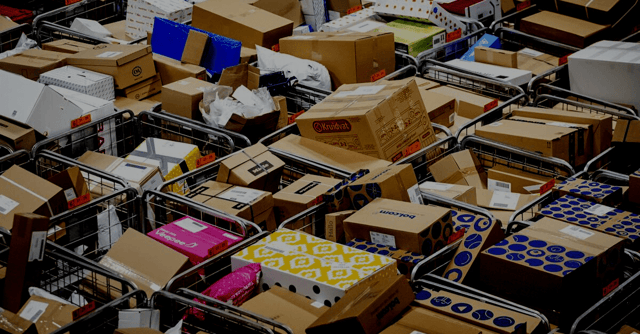Last week the Centre for Retail Research updated their report on store closures and job losses to include figures for 2022. Unbelievably 17,145 stores closed in the UK last year – that’s around 47 stores closing a day (up 50% on 2021 figures).
While closures of independent stores were the lion’s share (64%), larger retailers also closed 6,055 stores, mostly through rationalisation of their store networks.
Cutting costs is clearly necessary, and unprofitable stores are going to be the first in the firing line, but are there options to explore before staff are sent home and local communities blighted?
Firstly, why are customers not buying from the high street? Online sales have jumped again (estimated to be £106b in 2022, up 40% on 2019). Could it be that there’s nothing worth buying? Have high street stores de-stocked underperforming products to the extent there’s now too little product choice?
If so, why don’t more retailers invest in kiosks, or QR codes, or staff armed with tablets (anything!) that allows the customer to find and buy what they’re looking for? Just like online ordering, in-store orders can be clicked & collected later, or delivered direct to the home. Where the retailer doesn’t have the inventory in their DC, it can be dropshipped (i.e. delivered from the supplier direct to the customer).
If you have customers going to your stores, why let them leave disappointed? They have made a decision to enter your store, they may be emotionally invested in a product they have seen and touched, and now want – but in another size or colour; or you are currently sold out. (And) they are probably less price sensitive than the average online shopper.
So, I believe, “Is there anything I can help you with?” should be quickly followed up by, “let me order that for you.” Every store colleague should have the full website catalogue at their fingertips, and extended-range orders ready to key into the store POS; or they could help the shopper place the order at an in-store kiosk. After all, store colleagues are best suited to advise customers with selection, and therefore close the sale.
Interestingly, a more basic process has been going on in trade for a long time. Builders and plumbers merchants call it a “special” when a customer goes to the trade counter looking for a widget that isn’t stocked in-branch. Helpfully, the sales colleague offers to find it for them, and after calling a few suppliers they record the order in their systems as a one-off, and the order is passed to the supplier (often by email or fax). This is usually high-margin but also highly manual, and typically the merchant has no visibility of the order status or the supplier’s stock availability (so it often doesn’t end well).
In both retail and trade, what the customer is looking for is particular to them. If it isn’t in your core range you have to offer a wider choice – or you will lose the sale. The retailer doesn’t need physical inventory, just the ability to capture the order and send it to the supplier who has stock availability. Then, the customer – used to ordering online – needs all the back office systems to work so they can track their order, return it wherever, etc.
Ultimately, can we save the highstreet? Or, can we at least give it a second chance by investing in technology to bridge the gap between demand and supply? The brick & mortar retailer’s asset is their store network and the interface there with their footfall customers. If we give the customer what they want will they come back? I suspect they will. And I’d be happy to work with any retailer willing to run a POC to trial the technology.
P.S. If there was ever any doubt that some people actively want to go to stores, see this wonderful post about Jumbo grocery stores introducing slow checkout lanes for customers who want to chat.





